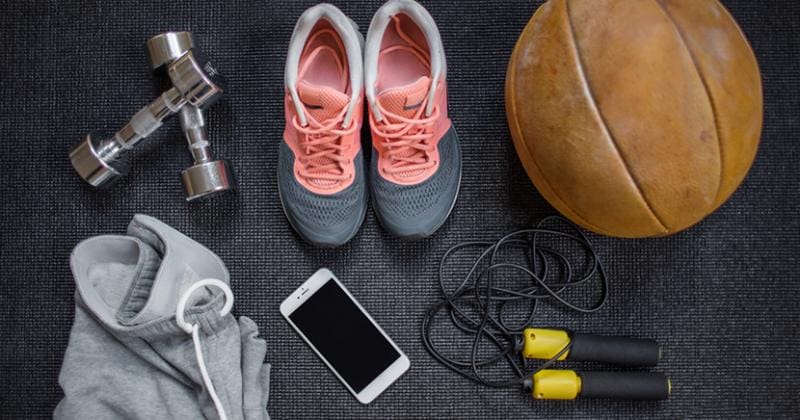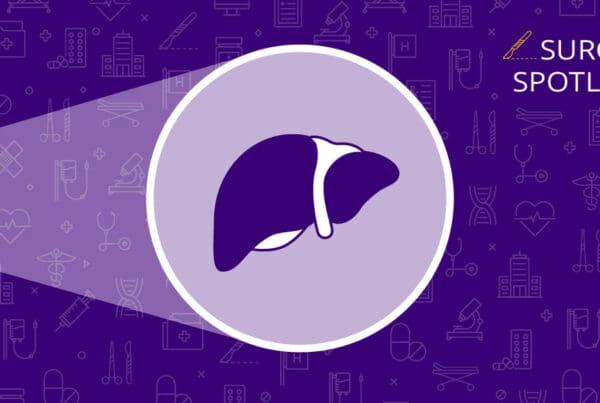We all know that physical activity is good for us, but who is actually fitting in those recommended minutes of movement each week? According to the government’s Physical Activity Guidelines for Americans, not many of us.
In fact, most American adults — around 80% — do not meet key guidelines for aerobic and muscle-strengthening activity.
That’s why Cindy Lin, MD, FACSM, associate director of clinical innovation for The Sports Institute at UW Medicine, and Sara Mosiman, MBA, associate director of The Sports Institute, are developing new ways to make movement more accessible for patients and easier for providers to prescribe in their standard practice of care.
The evolution of exercise as medicine
One such effort they’re currently working on is the Exercise Rx app, part of The Sports Institute’s signature Exercise Rx initiative that aims to get people moving and to reach underserved populations and those with chronic medical conditions who face many barriers in staying active.
The initiative started back in 2016 with the pilot of Exercise is a Vital Sign (EVS) at select UW Medicine clinics. By gauging a patient’s level of physical activity at regular healthcare appointments, providers were able to more easily start a conversation about movement and fitness.
The Sports Institute then launched the Exercise Rx search tool in spring 2019. The site features more than 800 free or low-cost physical activity resources that patients can find in the Seattle area.
Soon came a companion site, Exercise Anywhere, a database of free apps, videos and articles encouraging movement that patients can access virtually from the comfort of their own homes.
Imagining a new kind of fitness app
With Exercise Rx and Exercise Anywhere helping patients find new ways to fit in their minutes of movement, Lin and Mosiman hope the Exercise Rx app will deepen a patient’s commitment to physical activity and help the provider stay informed.
“For patients, the goal was to create a user-friendly and culturally appropriate app to promote physical activity for people who are sedentary,” Lin says. “For the physician dashboard, the goal was to make it efficient to use, reduce information overload and make physical activity data like step count and sedentary time visually easy to interpret with clinical decision-making supports so physicians could easily prescribe exercise as medicine.”
“The app will leverage artificial intelligence, machine learning and sonar sensing to deliver personalized activity plans based on the patient’s current health status, to identify and troubleshoot common activity barriers and allow for healthcare team feedback and motivational nudges,” Mosiman adds.
Using the physician dashboard, providers will be able to prescribe — quite literally — physical activities to their patients. The patients can then view their prescribed exercises, log how they feel after each activity and ask questions via the app.
Partnering with technology experts
So how did they go about creating this app?
First The Sports Institute teamed up with Shwetak Patel, PhD, of the Ubiquitous Computing Lab (Ubicomp) at the University of Washington’s Paul G. Allen School of Computer Science & Engineering. Ubicomp specializes in creating sensing systems and health technology for real-world applications.
Then they mentored eight master’s students in UW’s Department of Human Centered Design & Engineering (HCDE), who worked on the app’s design interface as part of their capstone project.
“We thought the HCDE capstone would be a great opportunity to strengthen Exercise Rx while providing students with a unique learning experience they would not get in the classroom,” Lin says. “The Sports Institute is very committed to working with students as part of our education, outreach and mentorship aims.”
Throughout winter and spring quarters, the HCDE students joined The Sports Institute’s bimonthly Exercise Rx meetings with software engineers, researchers, technologists and clinicians.
“We would also meet with the students one-on-one to review concepts, designs and revisions and got them connected to clinicians and potential users of the app for research and testing,” Lin says.
A pathway to launch
Although the HCDE capstone project is finished, The Sports Institute team is still conducting beta tests and user research to prepare for the launch of their Exercise Rx app.
“We want patients focused on moving and, as they do, providers should be able to easily monitor their activity,” Mosiman says. “If they can’t, we haven’t done our job.”
On the patient side, they want to ensure sensing technology is functioning properly to register at-home movement, physical activities, the number of reps and more. And on the provider side, they want to create a user interface that can integrate easily into existing health systems.
“Exercise Rx is being designed to be used in primary care, specialty practices, rehabilitation medicine and more,” Lin says. “The challenge of physical inactivity affects all age groups, ability levels and medical conditions.”
The Exercise Rx app doesn’t have a launch date yet, but The Sports Institute team encourages you to contact them at exerciserx@uw.edu if you’re interested in learning more.



